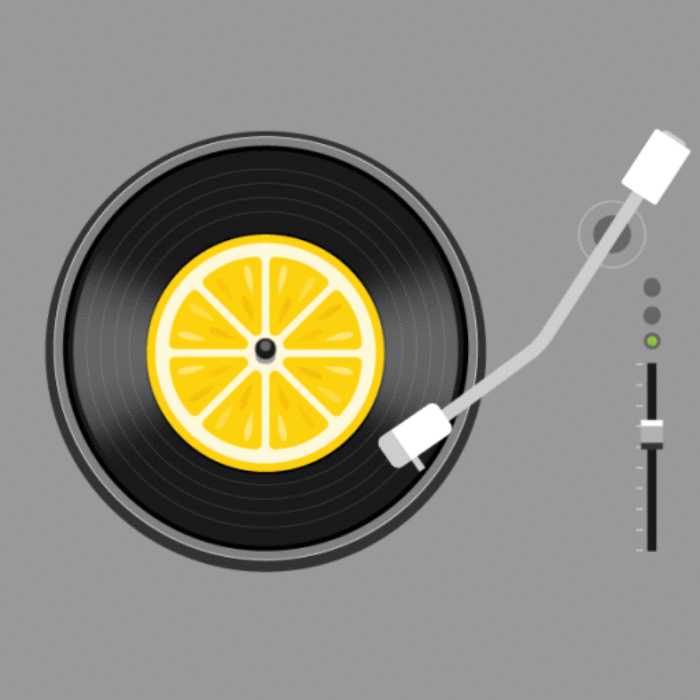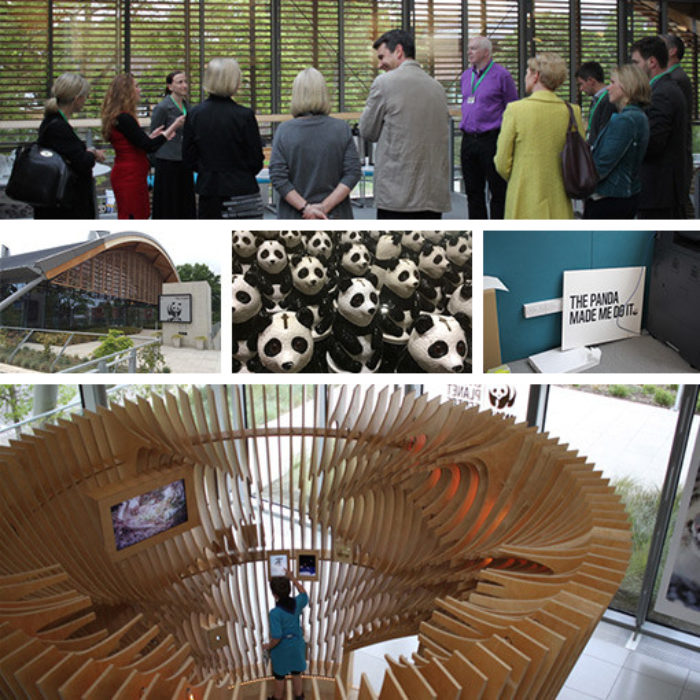Become an innovator (part 5): Look for patterns
This blog series explores the shared characteristics of innovative people and organisations, with a particular focus on what innovators think, feel, believe and do. We’re also looking at how we can all do more to encourage and create innovative workplace cultures.
The fifth of the characteristics shared by all those with a spirit of innovation is: looking for and finding patterns.
Making sense of the world
Look at the three black shapes below and say what you see…

You see a triangle, a sphere and a spiral, right? Those objects aren’t there, but you see them anyway. They illustrate our need to find patterns, even where they don’t exist. The search for patterns is simply how the brain is wired. Information flows in through the senses. We then try to make sense of our senses.
We also look for patterns in our emotions: what makes us happy, what makes us angry? We can then do more of the former and less of the latter. Patterns help us make sense of the world.
“I don’t think we can ever fully rationalise ourselves out of the basic and often creative urge to find patterns even where none exist”, says David Spiegelhalter, chair of the Winton Centre for Risk and Evidence Communication at the University of Cambridge.
In his book ‘Pattern Seekers’, Simon Baron-Cohen, psychology professor at the University of Cambridge, argues that it is our search for patterns that makes us human and that has led to all our innovations. Baron-Cohen calls it ‘the systemising mechanism’, and theorises it evolved between 100,000 and 70,000 years ago and
“allowed humans alone to become the scientific and technological masters of our planet, eclipsing all other species.”
Pattern recognition
Innovators look for patterns in human behaviour, where there are two kinds of pattern that are particularly useful.
- The first critical pattern for innovators to identify is points of friction – those small obstacles and barriers that prevent us acting. That core idea has, for example, helped Booking.com become a major player in its sector. Its main purpose is “to take the friction out of travel”. It is effectively a machine that is continually focused on identifying and removing small sources of friction.
- The second critical pattern for innovators is to discover what motivates people to act. Motives are the key drivers that accelerate us towards a behaviour. Sometimes the motive is the same for almost everyone. For example, when we were developing the strategy for recycling in the UK, research insight showed that willingness to act was high. The key motive was simply to make it easy to act. The result was that home recycling quadrupled.
Consider the evidence
Spotting patterns based on evidence is a core skill of innovators. Let’s look at another example. It’s 1854, Soho, London. There’s an outbreak of cholera. The symptoms are diarrhoea and vomiting, which eventually leads to dehydration, kidney failure, shock, coma and death. The accepted wisdom was that the disease was spread through the air. A physician called John Snow visited the area and spoke to families of the dead. He identified 61 deaths that he plotted on a map.

Note: Image based on original drawing and lithograph by Charles Cheffins
He also noted that workers at the local brewery drank ale and water brought in from elsewhere, and they didn’t get sick. Snow identified the source of the cholera outbreak as a water pump on what is now Broadwick Street, and convinced the authorities to remove its handle – which helped to significantly reduce rates of the disease in the area.
By focusing on deep data (interviews with the families) and on big data (quantifying incidents and plotting them on a map), Snow broke new ground for epidemiology (the study of patterns in diseases), a discipline that now supports the health of billions of people around the world.
Look here
Our need to spot patterns is so strong, that we sometimes see them where none exist. This human trait goes under the umbrella of ‘pareidolia’. We see faces on the Moon or Mars (known as mimetoliths). We see Jesus on a piece of toast. We’ve always done it.
As Leonardo Da Vinci said: “If you look at any walls spotted with various stains or with a mixture of different kinds of stones… you will be able to see in it a resemblance to various different landscapes adorned with mountains, rivers, rocks, trees, plains, wide valleys, and various groups of hills. You will also be able to see… strange expressions of faces, and outlandish costumes, and an infinite number of things which you can then reduce into separate and well-conceived forms.”
The challenge for innovative people and organisations is to be like John Snow the physician (not Jon Snow from Game of Thrones, who allegedly knew nothing), and look for patterns in the data, both big and deep. Perhaps it’s what your colleagues are telling you through annual surveys or retention trends; or your customers through their footfall, buying habits or social media posts; or citizens through their hard-to-shift behaviours. Immerse yourself in the evidence, and follow your instinct.
Learn more
This is part five of a series of planned articles on the characteristics of innovative people and organisations. The next instalment is coming soon, but in the meantime you can explore the full set in detail, by downloading our free report Innovation for Everyone.
And if you want a chat about how to create a more innovative culture in your organisation, just drop me a line at John.Drummond@CorporateCulture.co.uk





